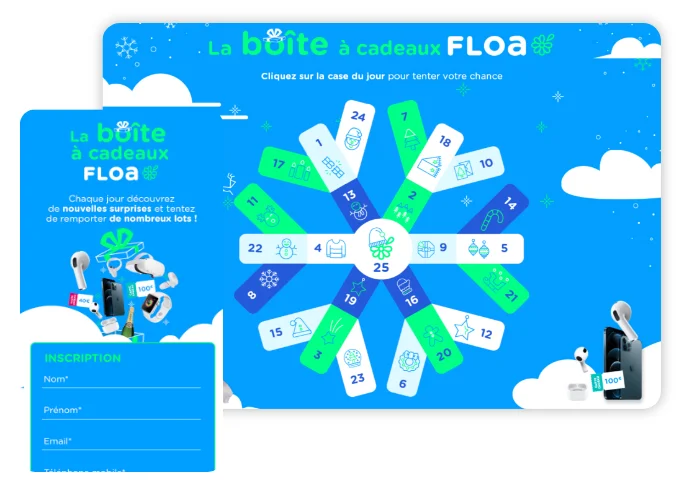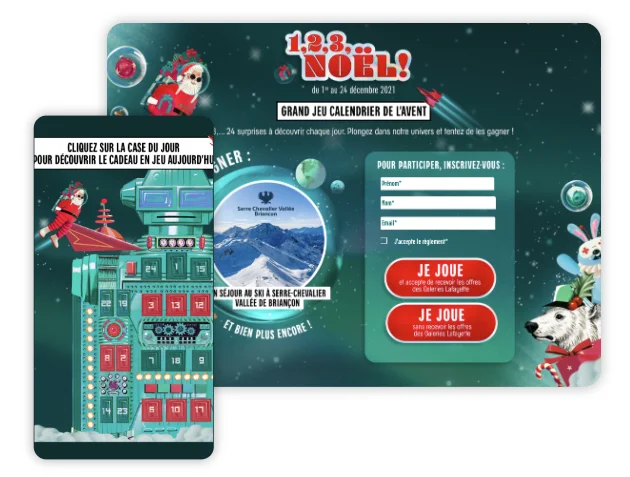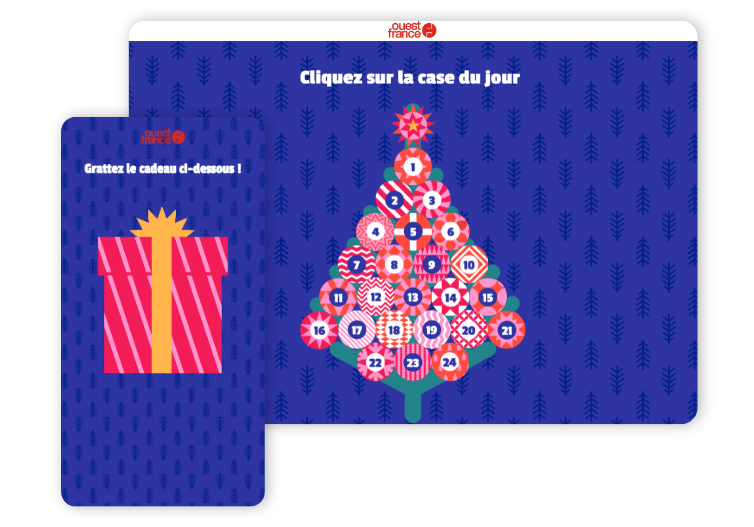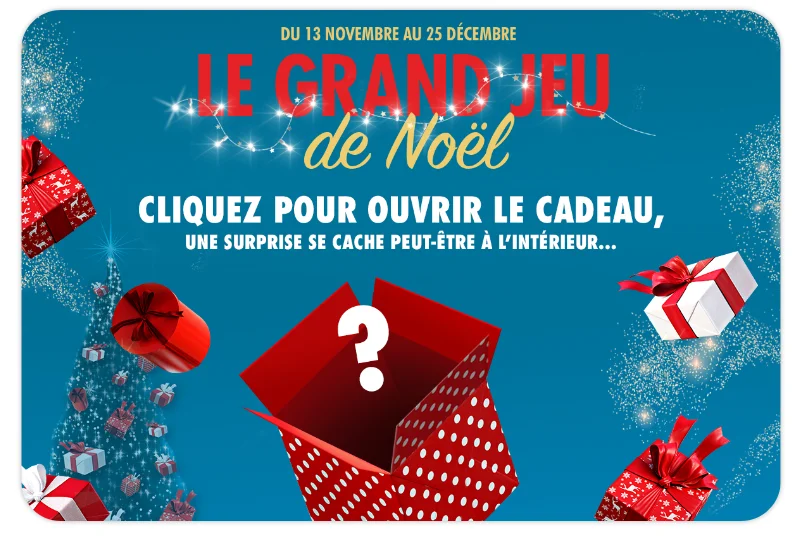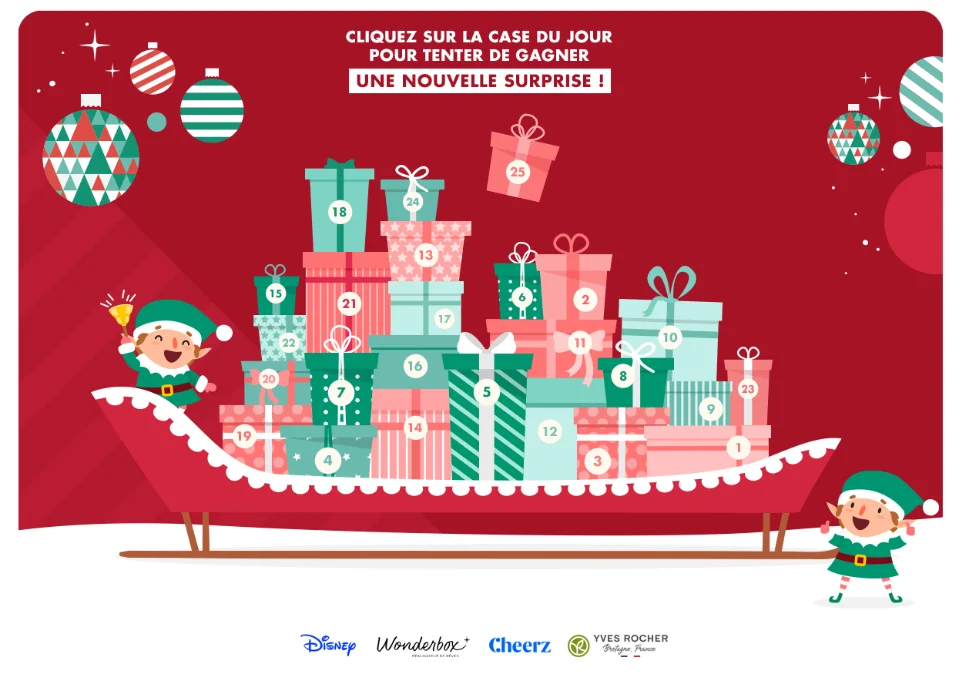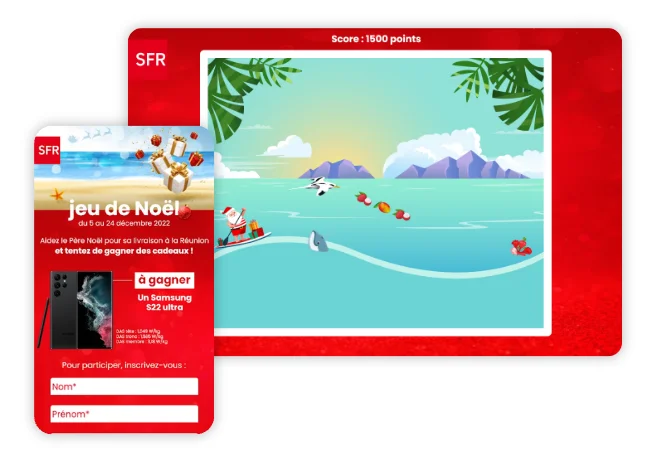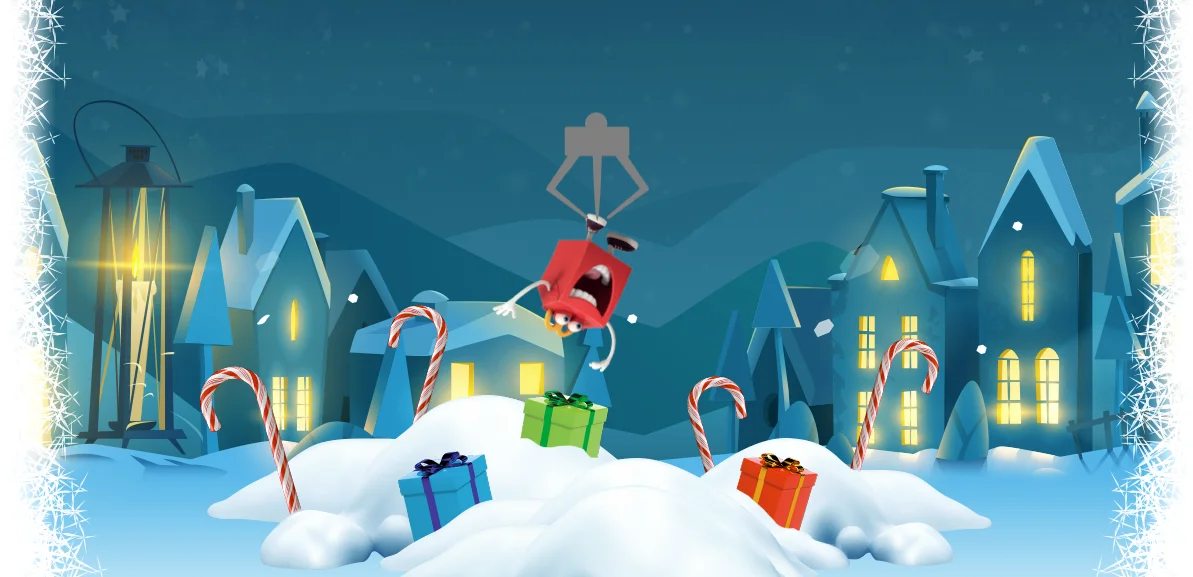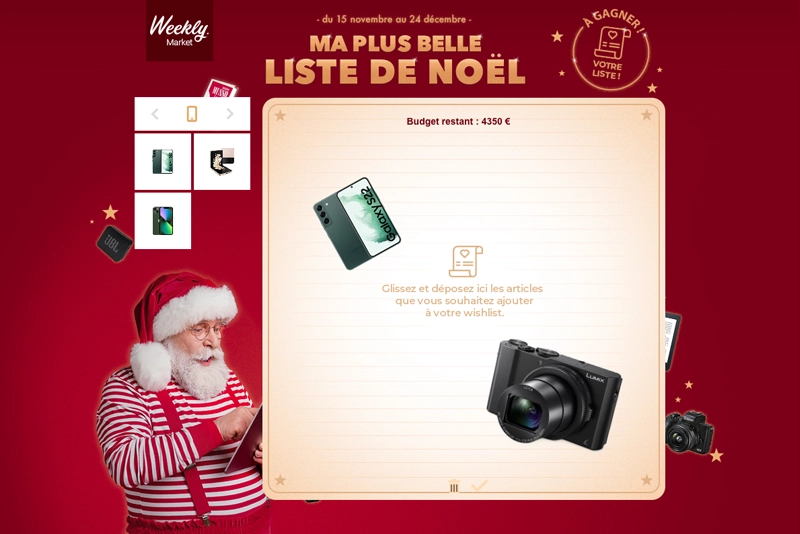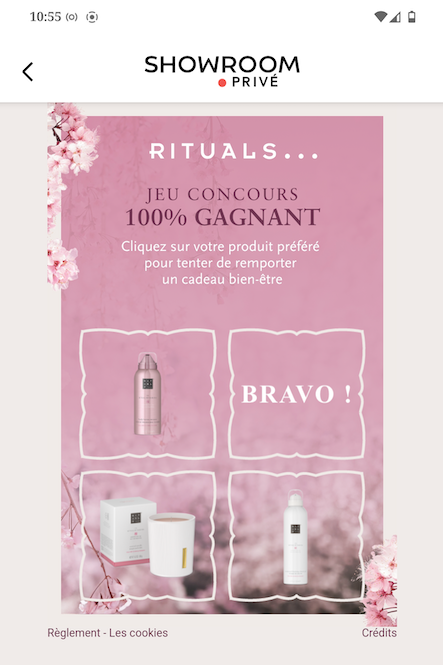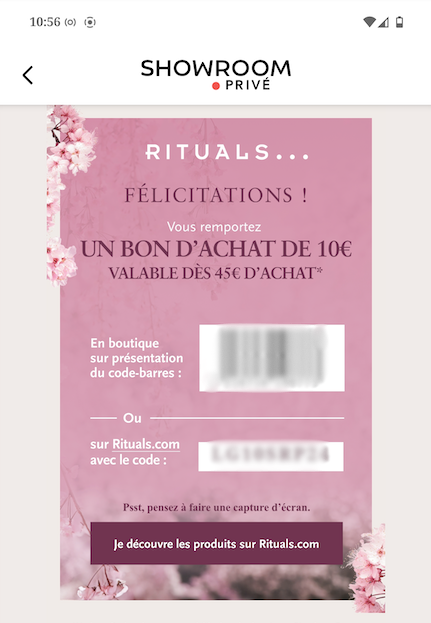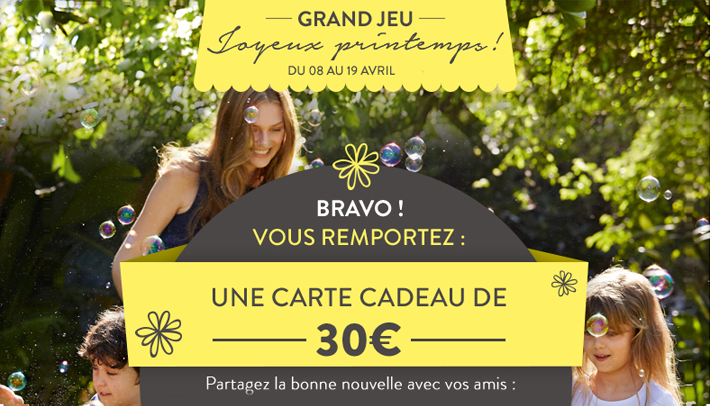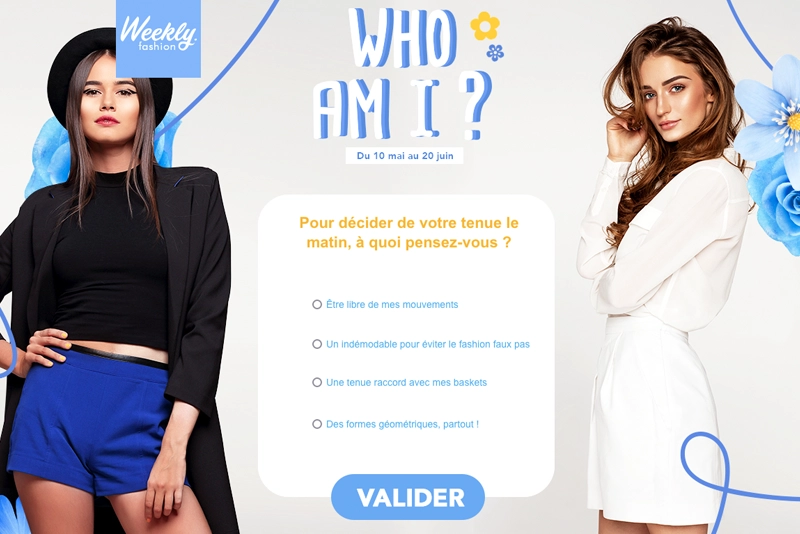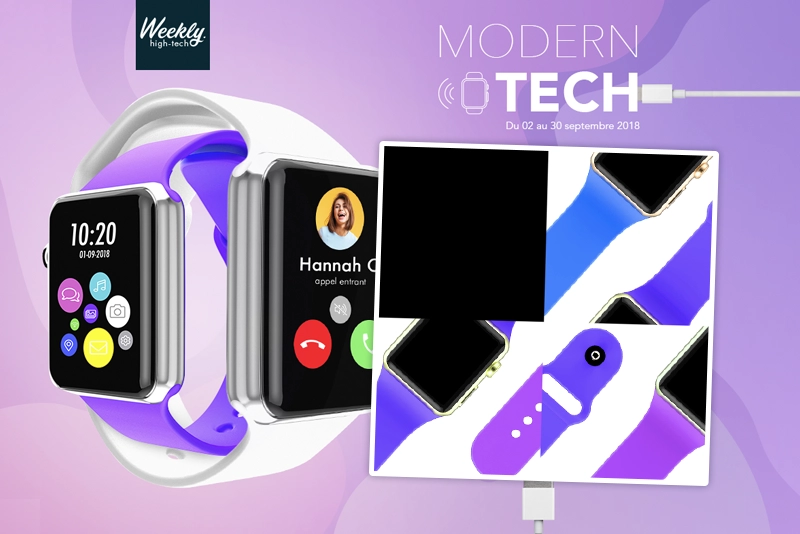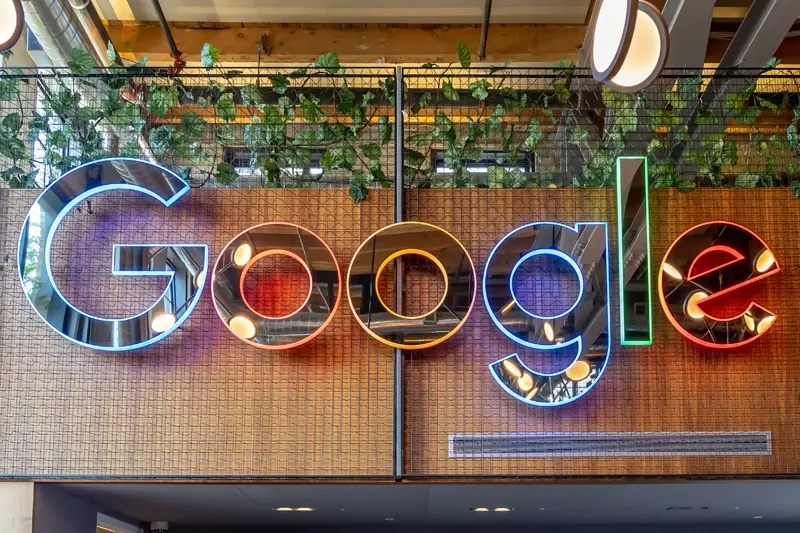
6 marketing campaign ideas to promote a product
Promoting a product requires a distinctive marketing strategy of a classic brand awareness campaign. Indeed, the brand will need to focus its content on a very specific item, to highlight its features and make its audience want to buy it.
But a campaign to promote a product can also serve other strategic objectives for the company. It can be an opportunity to :
- gain notoriety,
- recruit new leads (especially if the brand extends its product range),
- retain existing customers,
- collect opt-in,
- or attract the public in-store (with product demonstrations, for example).
In this article, we propose 6 effective ideas for gamified marketing campaigns to promote a product.
1. How to promote a product with an exclusive preview
The launch of a new product is a major event for brands. Some brands use the occasion to organize a physical event to present the new product to their audience. This is the case, for example, with Apple and its famous Keynotes.
Live shopping also offers a digital alternative to this product presentation, giving buyers an exclusive look at the item being used (or worn, for example, in the case of fashion marketing).
Les marques peuvent elles aussi en profiter pour répondre aux questions des internautes et présenter ainsi les caractéristiques et la valeur ajoutée de leur produit de manière beaucoup plus interactive et pertinente.
This product presentation, whether physical or digital, can take place before the launch. In the case of a digital product (such as software or a video game), the company can create a form of teasing by presenting a demonstration of its service, or by having its most committed users test an MVP (for Minimum Viable Product, i.e. a beta version). This is an excellent way of collecting feedback to improve the final product, and also of rewarding loyal customers.
2. Answering customer questions with an interactive quiz
The main added value of a new product, and what will make it stand out from its competitors, is its ability to respond to the problems faced by consumers. To encourage the audience to take an interest in a new product, and make them want to buy it, the brand can present its main features and what makes it unique, through an interactive quiz for example.
Consumers can discover the product interactively, through a gamified format at the end of which they can win a voucher or discount. This is what Savencia did to promote its 2 brands Giovanni Ferrari (mozzarella) and Islos (Feta) during the summer. The company shared a Mediterranean-themed quiz in which participants could test their knowledge while discovering the products.
Participants can ask question via a shared form at the end of the quiz. The company can then keep the most frequently asked and/or most relevant questions to organise a Q&A and thus respond to the concerns or expectations of its prospects.
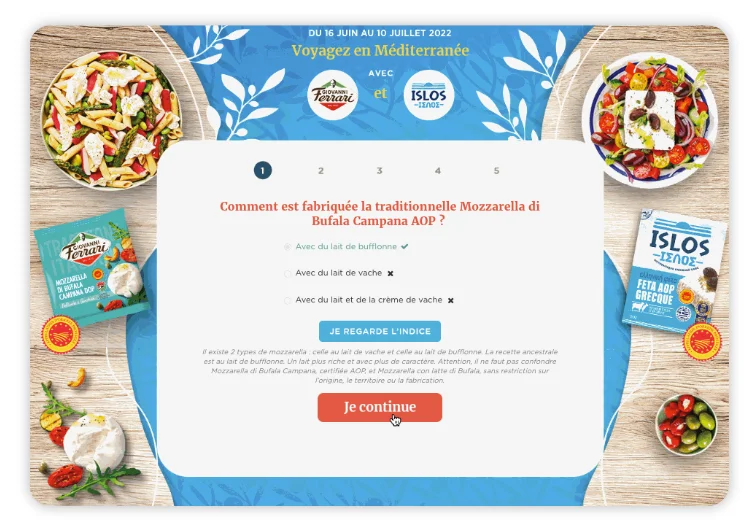
3. Share UGC to promote a product
What better way to promote a product than to share visual testimonials of the value it already offers your existing customers. In marketing, this is called UGC, i.e. buyer-generated content.
These could be photos or videos of your customers using (or wearing) your product.
This authentic content is highly effective in converting new customers, all the more so when shared with a dedicated hashtag on social networks. To collect UGC, brands can organize a contest (again, video or photo). Customers will be encouraged to enter for a chance to win an attractive prize fund and the chance to be rewarded on their favorite brand’s account.
This is what GoPro does, for example, to highlight the quality of its cameras.
4. Product launch: 100% winning coupons
Companies can also organize a promotional campaign to give visibility to a new product and boost sales at launches. Visit 100% winning instants, which distribute e-coupons, is particularly effective in this case.
All participants can win a discount (by a greater or lesser percentage depending on their result in the marketing game). The brand can do this via an interactive mechanism such as the A slot machine, for example, with motifs representing his new product, or a pinata, again in the shape of the item in question.
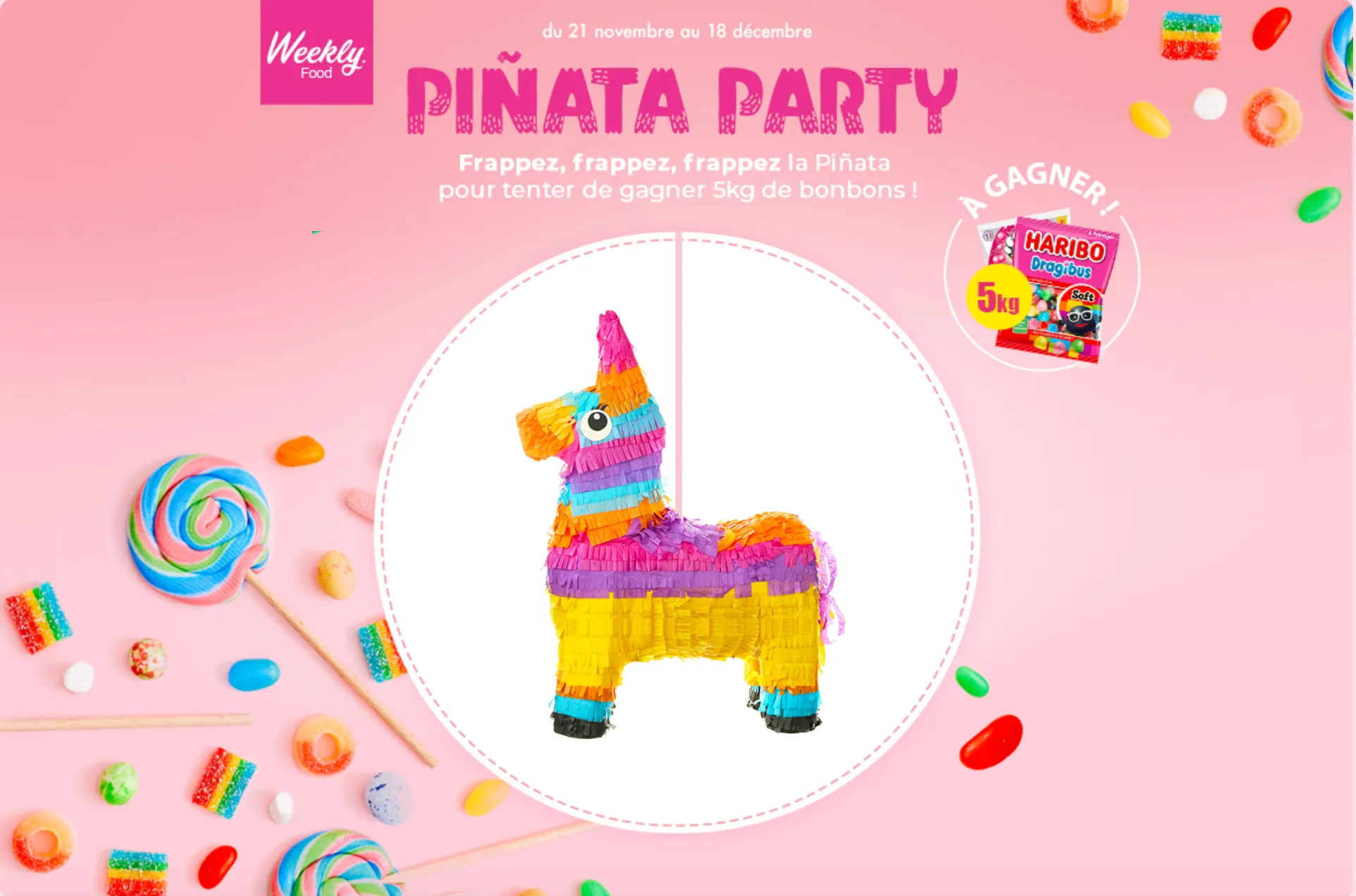
5. Present the benefits of the new product
Many brands promoting a product tend to focus on its features and functionality. However, a much more effective marketing strategy is to present the advantages of a product and the added value it can bring to users. Users are thus encouraged to imagine themselves with the product in their hands, and better visualize what it can do for them.
An excellent gamification mechanic for presenting the added value of your product or offering is the Memory.
In fact, it makes it possible to showcase promotional content in an original way and informs consumers and maximize the time they spend with the brand.
Shuttle Freight, for example, has opted for this marketing game to highlight the benefits of their loyalty program. and recruit new members. By clicking on a new card, participants could discover the rewards to which they would have access according to the number of points accumulated (birthday gift, free crossing, etc.).
The game was followed by an instant win to earn loyalty points, a particularly engaging mechanic, since prospects knew exactly what these points would unlock.
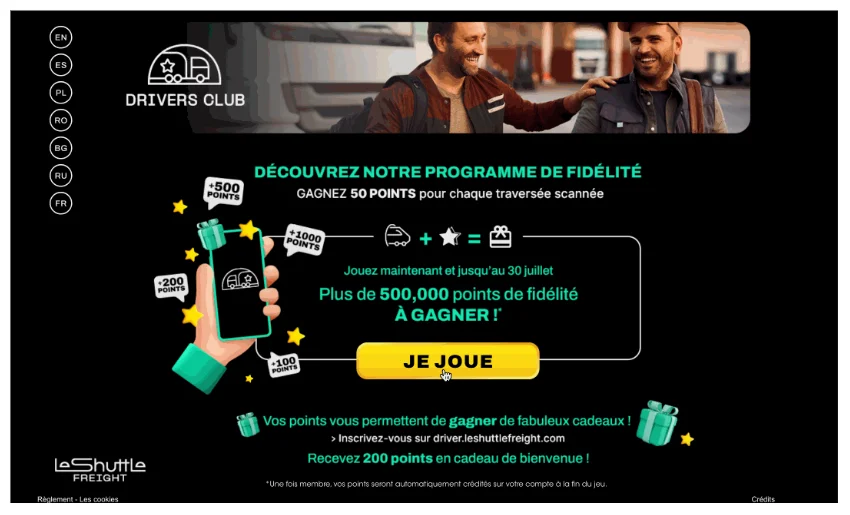
6. Immerse customers in your brand universe with a treasure hunt
When brands promote a product, they often use static formats that don’t engage consumers. Gamification allows you to create interaction and to encourage customers to interact with the product. They are no longer the passive spectators of a classic ad or tutorial video presentation, but the actors in the campaign, discovering the product from every angle and even in action.
The treasure hunt is a very interesting format for creating this interaction between customer and product. Participants are immersed in the world of the brand and can discover the product in a gamified environment linked to the article. This may involve a classic hidden object, in which the user searches for the object in a virtual world.
The brand can also opt for a more complex version, in which the user has to assemble the various components that make up the product. (like the ingredients of a beauty care product, for example). The customer discovers for himself the full potential of the product, its different functionalities/properties and use cases.
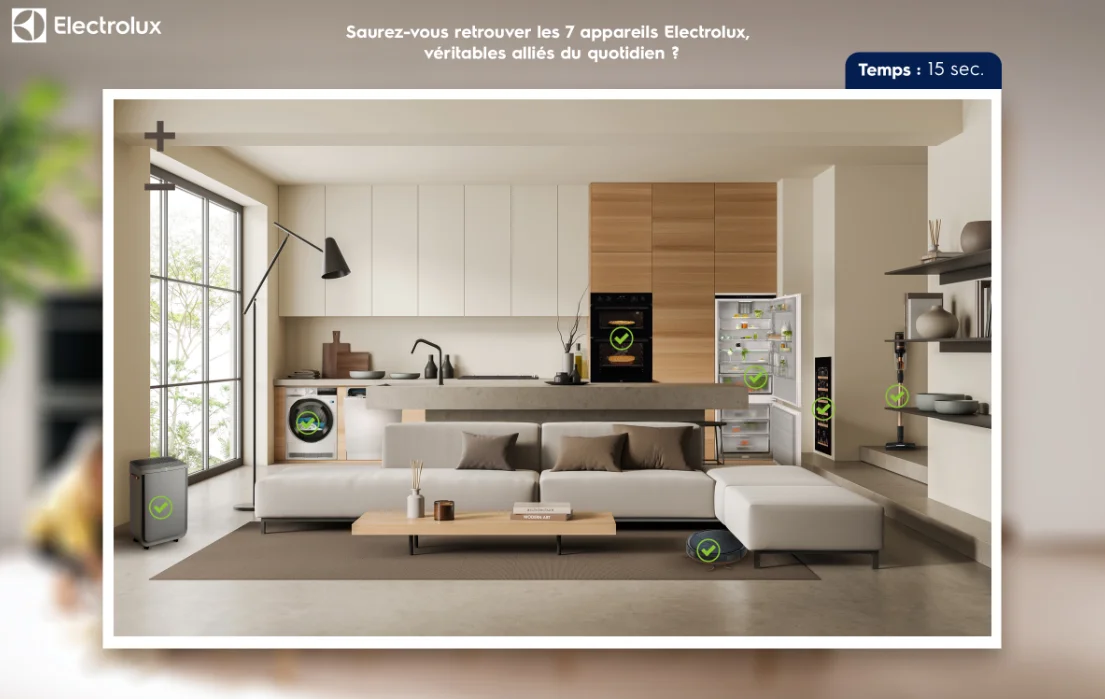
Conclusion



